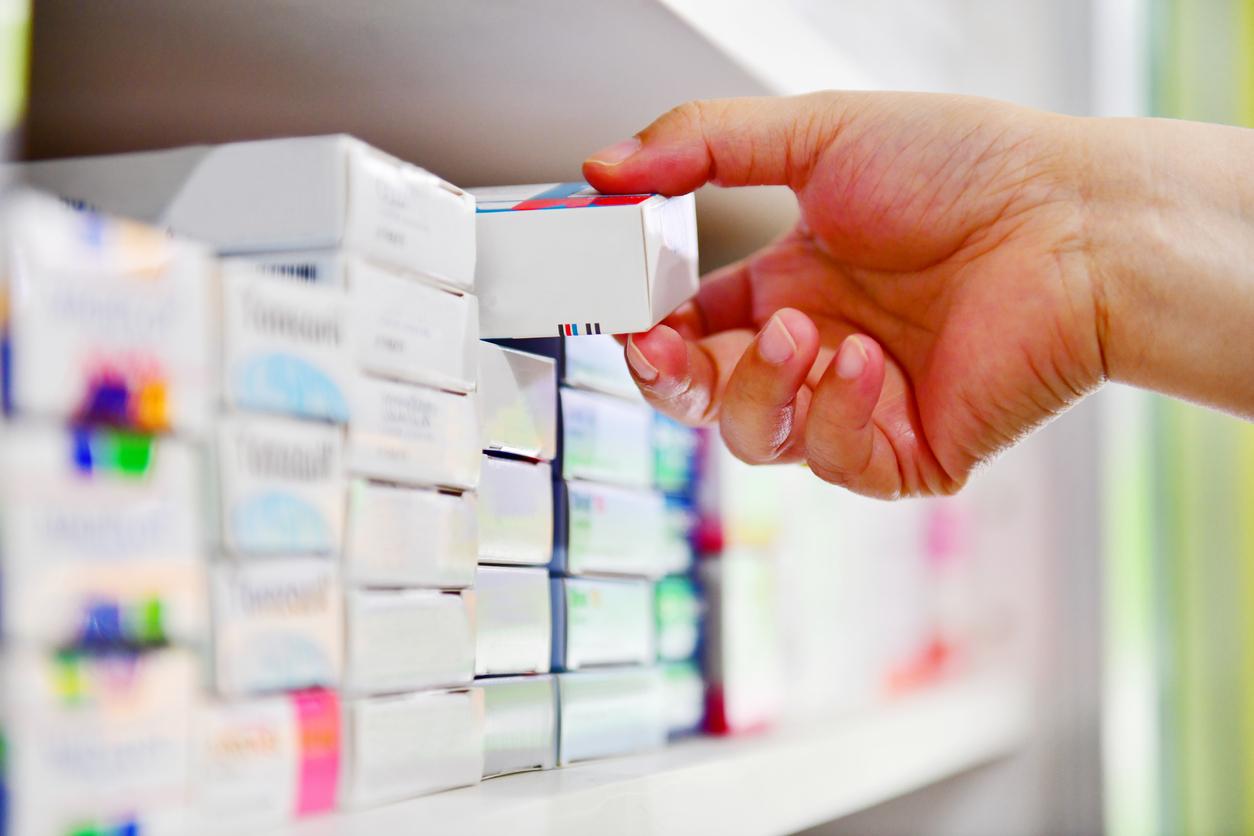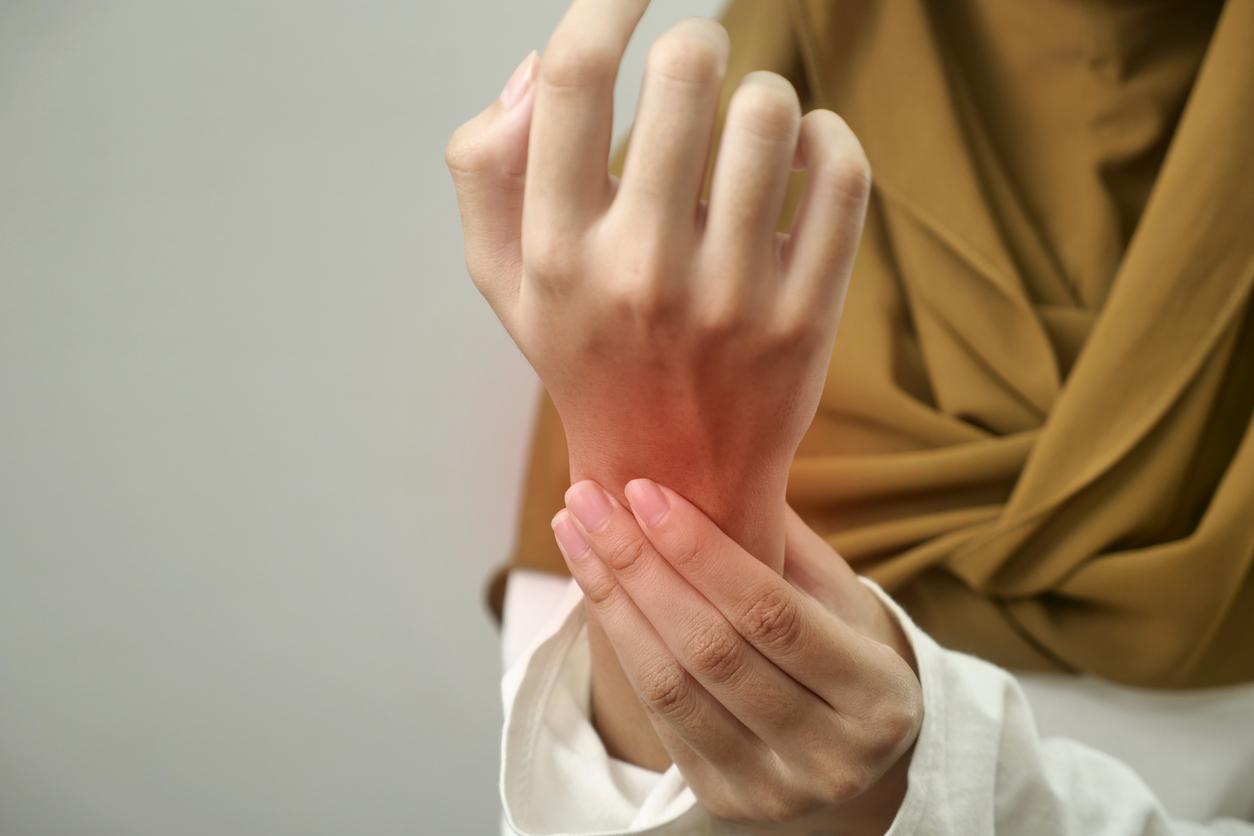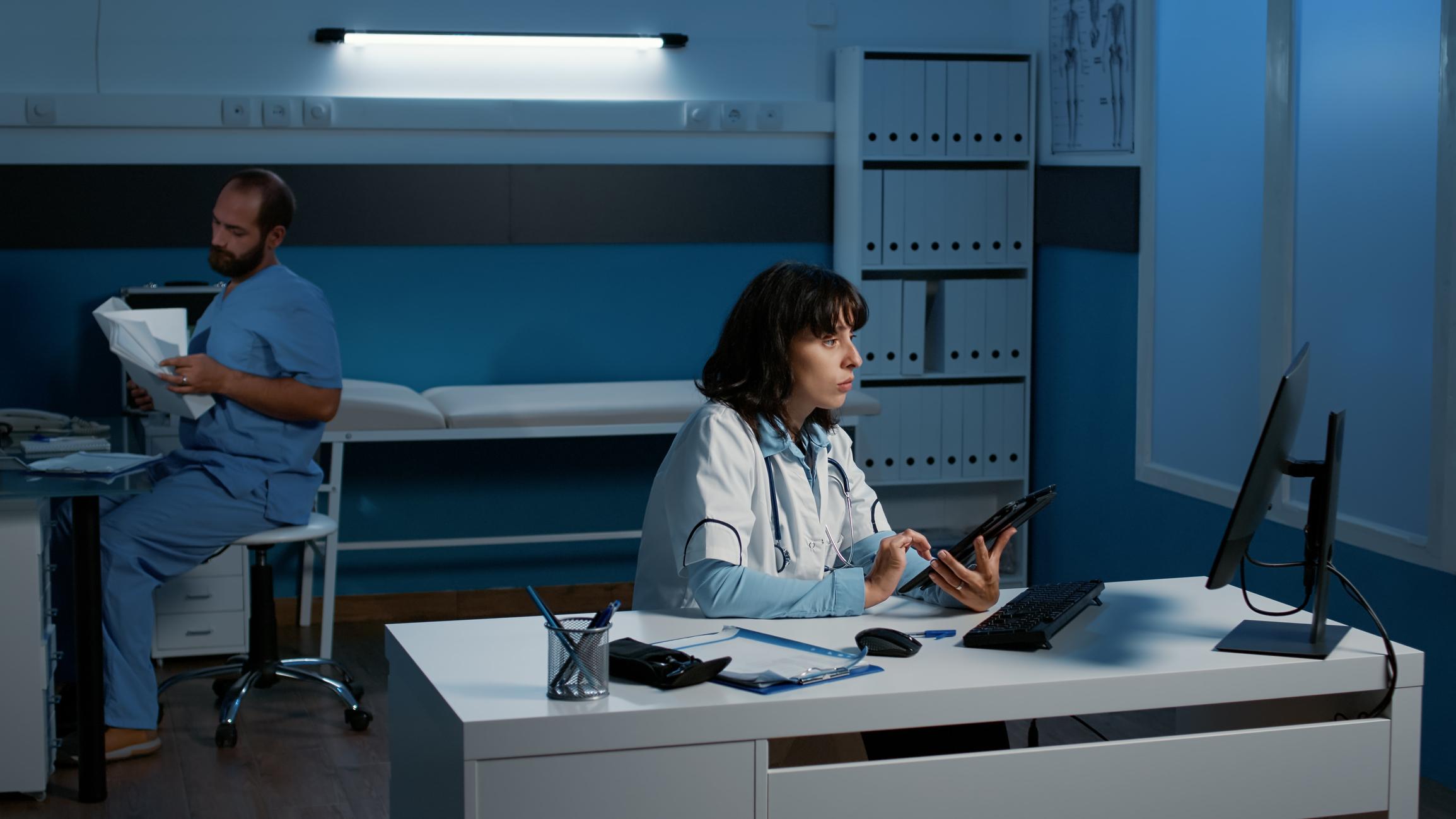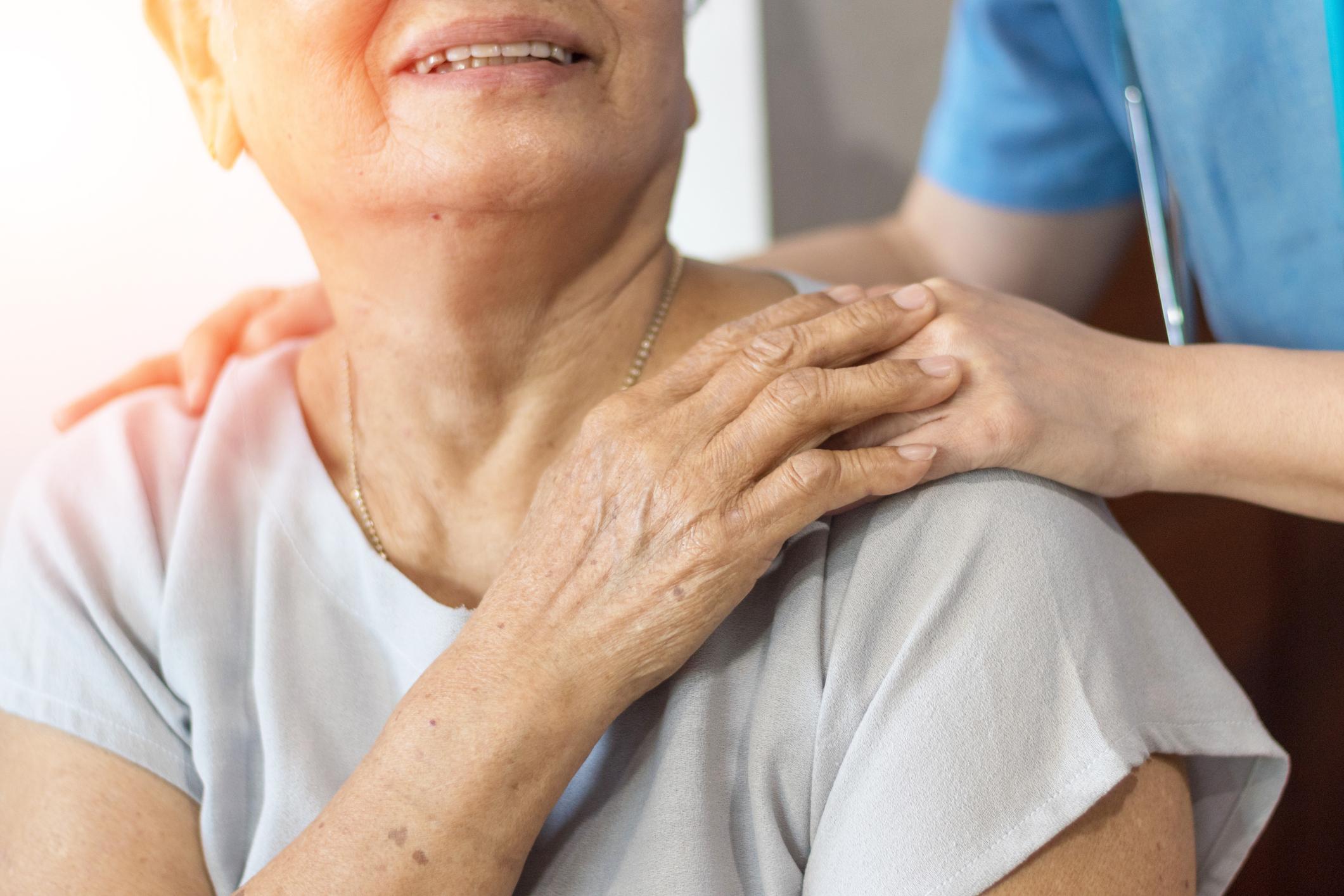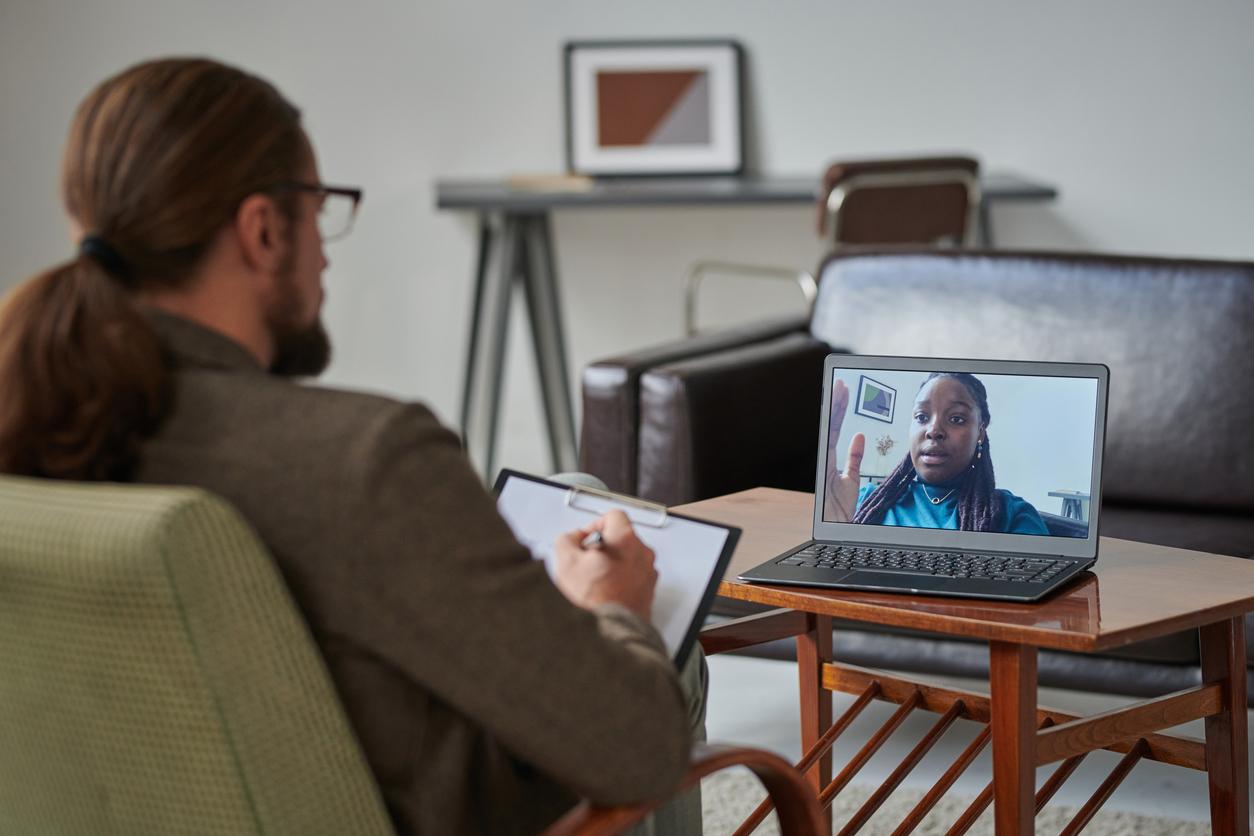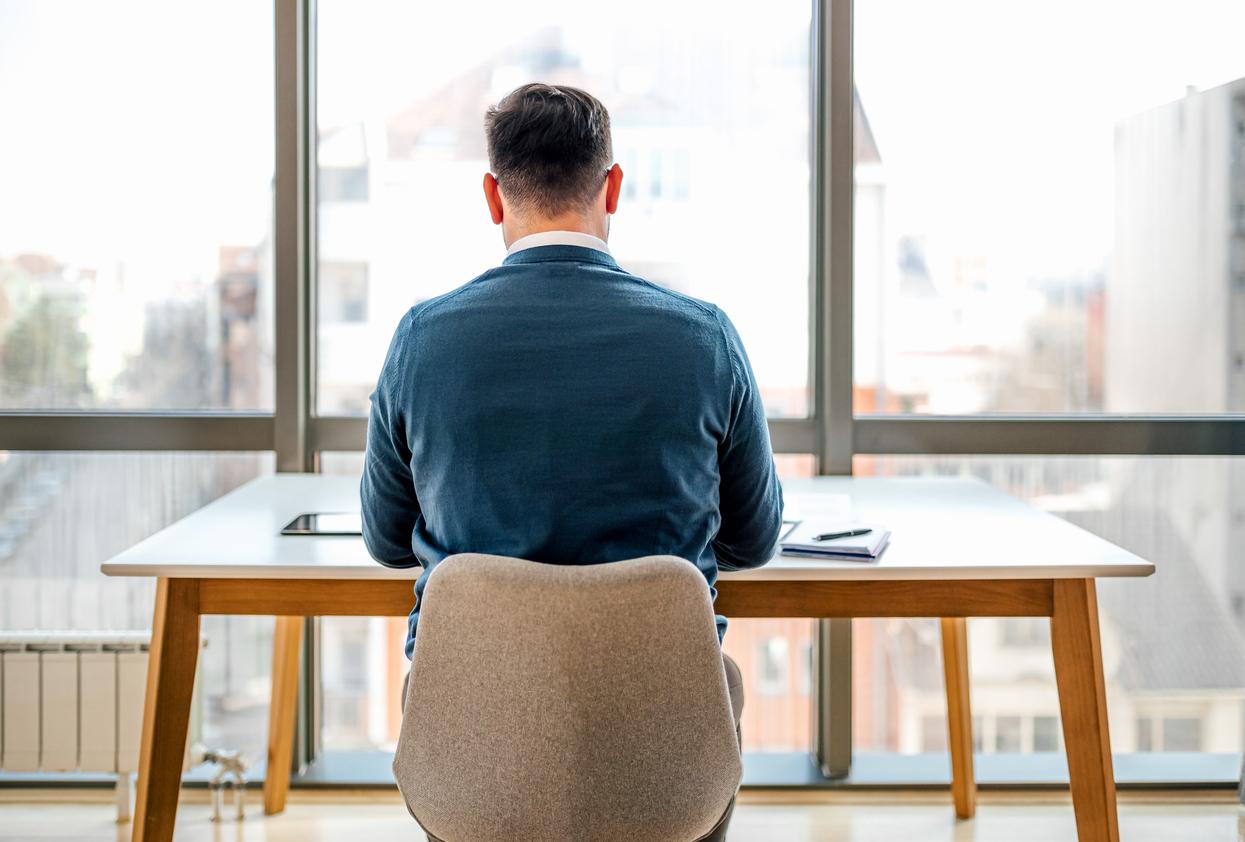The use of teleconsultation has become more popular during confinement, especially with chronic patients.
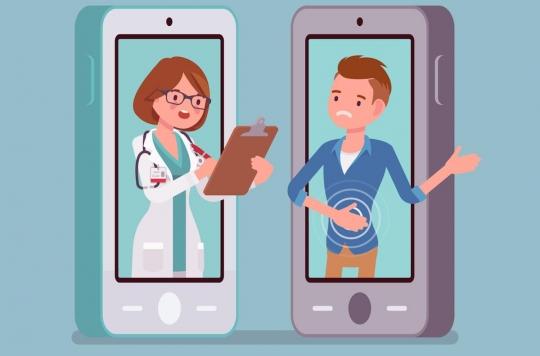
- A national campaign begins on June 11 to encourage chronic patients to consult their doctor
- 24% of them “teleconsulted” a general practitioner and 28% a specialist
- The regulatory constraints of teleconsultation imposed by Health Insurance could be relaxed
Although it has existed since 2009, teleconsultation has found favor in the eyes of patients during confinement. While it has proven useful for all French people who have used it, it has proven essential for monitoring people with chronic diseases (diabetes, obesity, hypertension, etc.), particularly at risk from Covid-19. 19.
Teleconsultation, popular with city dwellers and young people
According to a survey carried out on the sidelines of the awareness campaign #revoirsondoctor intended to encourage the 15 to 20 million French chronic patients to return to see their doctor, 24% of them used it to consult a general practitioner and 28% to speak with a specialist. A more marked trend in city dwellers (13% live in a municipality with more than 100,000 inhabitants) and young people (27% of respondents are between 18 and 29 years old).
“This result is not surprising and corroborates the already existing feeling that teleconsultation corresponds to a younger and active population for which, most of the time, the visit to a doctor’s office is impossible to fit into an already overloaded agenda”analyzes Lina Williatte, Vice-President of the French Society for Digital Health.
It was in Ile-de-France that chronic patients were the most numerous to use this medical service (31% to consult a general practitioner and 37% for a specialist). Despite obvious progress, 61% of chronically ill patients still claim not to have “teleconsulted” their doctor because the latter had not set up this service and 23% for lack of confidence. the feeling of distrust seems surprisingly more pronounced among 18-29 year olds (38%) than among those over 60 (20%). “Obviously, teleconsultation still needs to be talked about in order to become part of patients’ mores, as a reliable means of taking charge of their health..”
All the benefits of teleconsultation
Since deconfinement, even if face-to-face medical consultations have increased, 11% of chronically ill patients have continued to consult their general practitioner by teleconsultation and 15% do so with a specialist. In the coming weeks: 4% want to use teleconsultation (12% of 30-44 year olds and 12 of over 60s). “The teleconsultation is not intended to replace the presidential consultation, but to complement it”Explain Lina Williatte. In particular to “break the isolation” and maintain the patient-doctor link.
Since 2018, teleconsultation has been covered by Health Insurance under certain conditions, in particular that of being offered only by the healthcare professional to the patient and supplemented by face-to-face consultations. “A number of constraints had to be respected..”
The exceptional circumstances we have faced due to the pandemic have led to a temporary relaxation of these rules, which gives hope that the regulations governing teleconsultation will finally be lightened. According to the specialist, it is on the right track, even if the Ministry of Health wishes to clarify certain points, in particular that of the security of patient data.

.





